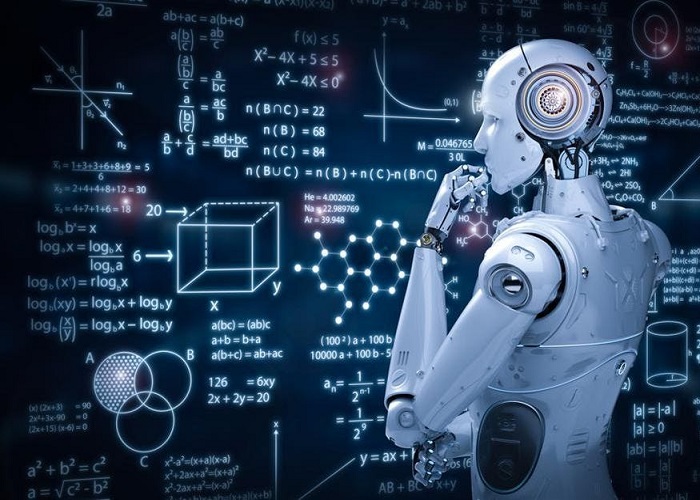In the fast-paced world of foreign exchange (Forex) trading, where milliseconds can make or break a trade, the integration of machine learning (ML) into Forex robot development is revolutionizing how traders approach the market. Machine learning algorithms have the capability to analyze vast amounts of data, identify patterns, and make informed decisions at speeds beyond human capacity. This article delves into the profound impact of machine learning in Forex robot development, exploring its benefits, challenges, and future prospects.
Understanding Forex Robots
Forex robots, also known as expert advisors (EAs), are automated trading systems designed to execute trades on behalf of traders. These algorithms are programmed with specific trading rules and criteria, allowing them to analyze market conditions and execute trades without human intervention. Traditionally, Forex robots relied on predefined rules and indicators to make trading decisions. However, the introduction of machine learning has transformed the landscape, enabling robots to adapt and evolve based on real-time market data.
Leveraging Machine Learning
Machine learning algorithms empower Forex robots to learn from historical data, identify complex patterns, and adjust their strategies accordingly. Unlike traditional rule-based systems, ML-driven robots can continuously refine their trading strategies based on market dynamics, leading to improved performance and profitability. By analyzing vast datasets, ML algorithms can uncover hidden correlations and insights that human traders may overlook, enabling Forex robots to make more accurate predictions and optimize trading outcomes.
Benefits of Machine Learning in Forex Robot Development
- Enhanced Predictive Capabilities: Machine learning enables Forex robots to analyze multiple variables simultaneously, leading to more accurate predictions of future market movements.
- Adaptability: ML-driven Forex robots can adapt to changing market conditions in real-time, optimizing their strategies to capitalize on emerging opportunities and mitigate risks.
- Risk Management: Machine learning algorithms can incorporate advanced risk management techniques, such as dynamic position sizing and stop-loss optimization, to protect capital and minimize losses.
- Reduced Emotional Bias: Unlike human traders, Forex robots powered by ML are not influenced by emotions such as fear or greed, ensuring disciplined and consistent trading behavior.
- Backtesting and Optimization: ML algorithms facilitate robust backtesting and optimization processes, allowing developers to fine-tune trading strategies and improve performance over time.
Challenges and Considerations
While machine learning offers significant advantages in Forex robot development, it also presents challenges and considerations that developers must address:
- Data Quality and Quantity: ML algorithms require large volumes of high-quality data to generate accurate predictions. Ensuring the integrity and relevance of data inputs is crucial for the effectiveness of ML-driven Forex robots.
- Overfitting: There is a risk of overfitting ML models to historical data, leading to suboptimal performance in live trading conditions. Developers must employ techniques such as cross-validation and regularization to mitigate this risk.
- Computational Resources: Training complex ML models can require substantial computational resources and time. Developers must optimize algorithms for efficiency and scalability to ensure real-time performance in live trading environments.
- Regulatory Compliance: Developers must navigate regulatory frameworks governing algorithmic trading and ensure that ML-driven Forex robots comply with relevant regulations and standards.
Future Prospects
The integration of machine learning in Forex robot development represents a paradigm shift in algorithmic trading. As ML algorithms continue to advance and datasets grow in size and complexity, the capabilities of Forex robots will further evolve. Future developments may include the integration of deep learning techniques, reinforcement learning, and natural language processing to enhance decision-making processes and expand the scope of automated trading strategies.
In conclusion, machine learning is unlocking the power of Forex robot development, enabling algorithms to analyze vast amounts of data, adapt to changing market conditions, and make informed trading decisions with speed and precision. While challenges exist, the potential benefits of ML-driven Forex robots are immense, offering traders new opportunities to optimize performance and navigate the complexities of the Forex market.





